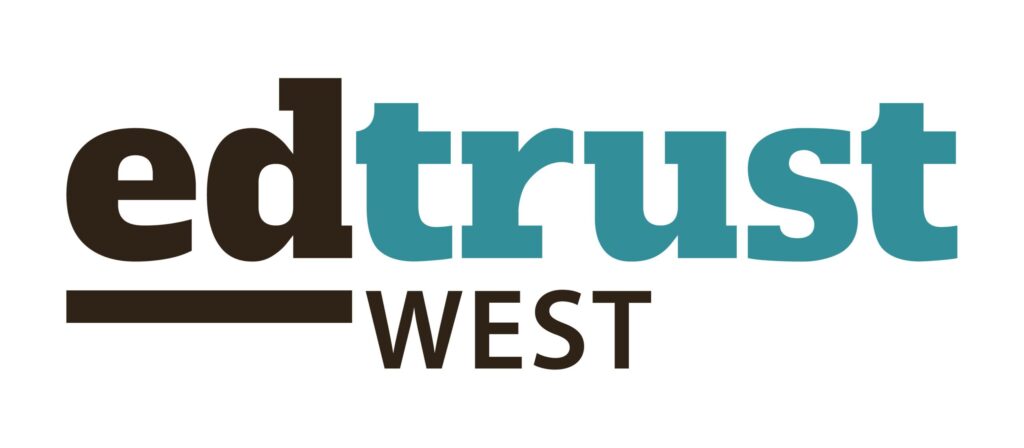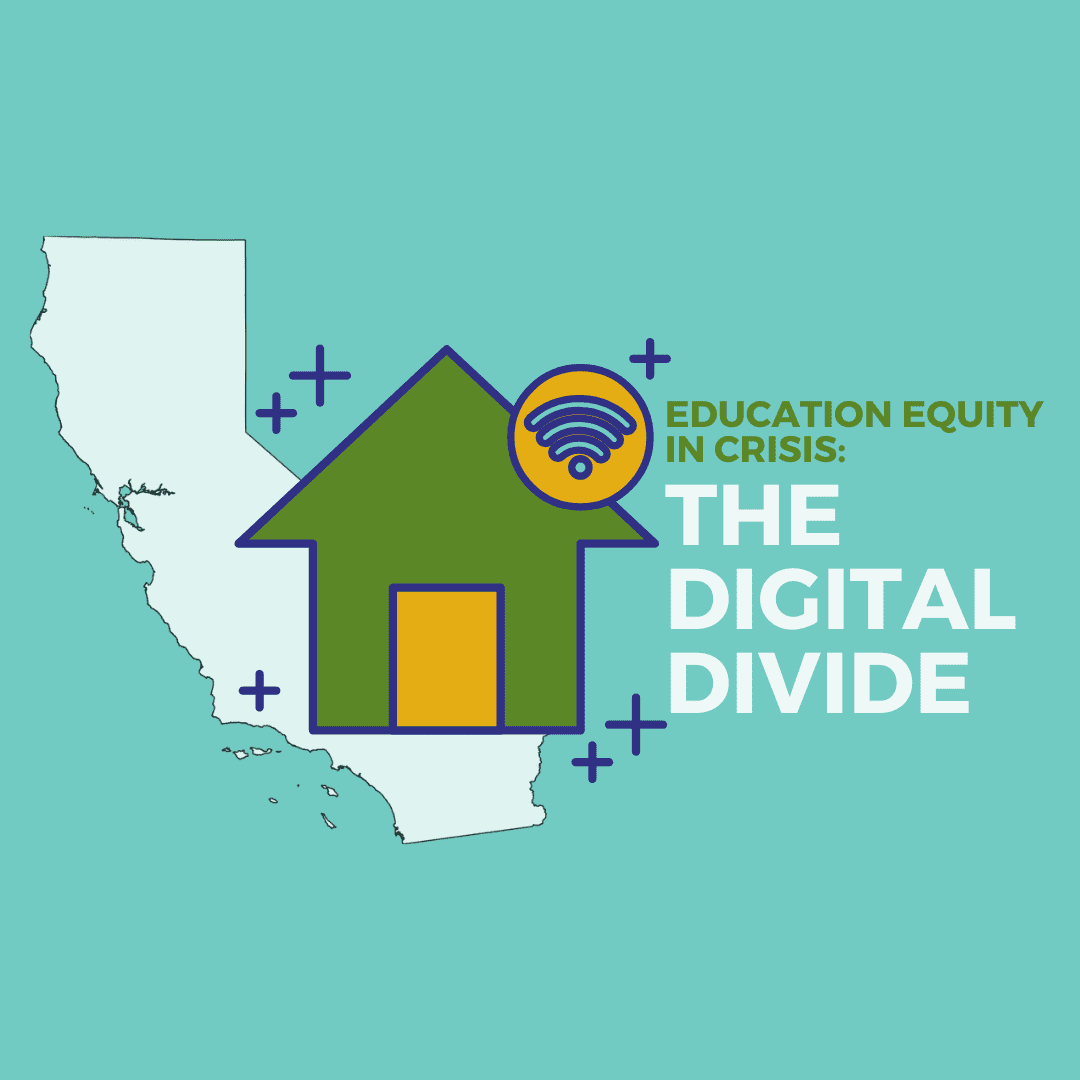The digital and technology resource divide is not a new phenomenon facing school-aged children of color and children experiencing poverty. A recent study found that, nationally, around 17% of children are unable to complete their homework due to limited internet access. This “digital divide” and often resulting “homework gap” mirrors trends in California, where about 1 in 6 school-aged children lack access to the internet at home. These numbers grow for the state’s most vulnerable children: students of color, low-income students, English Learners, students with disabilities, and homeless youth.
The equity implications of these gaps and impacts on learning have been brought into sharper focus as schools and districts across the state grapple with the COVID-19 crisis. Our parent poll revealed that 38% of low-income families and 29% of families of color are concerned about access to distance learning because they don’t have reliable internet at home. Parents also cited concern about access to technology – 50% of low-income and 42% of families of color lack sufficient devices at home to access distance learning.
Even before COVID-19, students from the most disadvantaged communities often depended on public libraries, fast-food restaurants, coffee shops, and Wi-Fi enabled school buses to access internet and complete homework. Educators and policymakers across the state are quickly re-envisioning education given the necessity of full-time distance – and increasingly online learning.
The map below paints a picture of digital access across the state. These numbers are estimates based on available data from the California Department of Education and statewide census data. We projected the percentage of low-income students and students of color without internet access based on available statewide data on access to internet. We hope state and district leaders use this map as a tool to zoom in on the needs of their community, evaluate the extent of digital divide, and build the case for resources in the hardest hit districts.
The colors on this heat map illustrate a district’s projected “need” based on the following factors:
- Percent of low-income students without internet access (estimating that up to 44% of low-income students lack access)
- Percent of students of color without internet access (estimating that up to 32% of African American and 33% of Latinx students lack access)
- Percent of English learners in a district
- Percent of students with disabilities in a district
- Percent of youth experiencing homelessness in a district
Each district received a need score from 1-5 (low to high) on their percentile rank statewide on each of these factors. Districts shaded blue are estimated to have the largest digital gaps and greatest need for resources. For example, a district with 70% English learners, in the 99th percentile for English learner enrollment across the state, was given a rank of 5 for English Learner need.
We know this story doesn’t begin and end with access to internet. Limited access to other technological resources such as one device for a family with multiple students, inadequate connectivity speeds, and connectivity limited to cellular data further complicate the digital divide. This map is meant to serve as a resource for educators, policymakers, and community members as the state dives deeper into understanding the equity implications of digital/online distance learning.
What You Can Do
We know the situation is evolving and leaders are moving quickly to develop distance learning plans. We applaud their leadership during this public health emergency and the Governor’s announcement to partner with Google to bridge the digital divide in rural communities. In light of the rapidly shifting situation, we put together a short list of considerations for statewide policymakers and district leaders across the state as they explore this tool and make important decisions about how to implement distance learning.
Recognizing that low-income communities of color are hit the hardest, we recommend the following actions—
Statewide policymakers can use this map to:
- Evaluate the digital divide in their schools and districts, identify which communities need additional digital support, and direct any new resources (e.g., laptops, hotspots, digital learning tools) to communities with the biggest gaps in access.
- Advocate for further public-private partnerships and incentivize broadband, tech, and digital providers to provide additional services to students and families in high need communities
- Target training, professional development, and additional IT support to community members and educators in the most affected districts.
- Require local education agencies (LEAs) outline and publicly share their plan for distance learning on an accessible, multi-lingual platform that articulates where families can go for support and how services and learning will be targeted to the most vulnerable students.
- Establish a weighted funding allocation mechanism for federal stimulus dollars and target funds towards districts and LEAs with the most significant digital divides and learning loss.
District and school leaders can use this map to:
- Reach out to parents and families most affected by the digital divide, survey their needs, and evaluate the scope of the digital divide across the district.
- Facilitate conversations with state leaders about resource allocation and build the case to target resources towards districts with the highest need.
- Open communication with local philanthropical, utility, and tech entities about potential local partnerships to target digital resources to high-needs schools across the district.
We hope these recommendations are a useful resource for state and district leaders as they continue to navigate the new digital learning landscape across the state. We are continuing to compile resources and information as the situation evolves. You can track updates and access information through our COVID-19 resource hub here.


